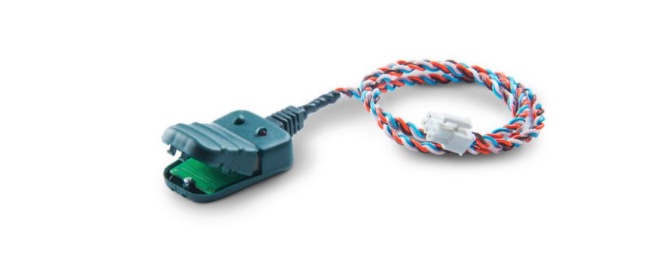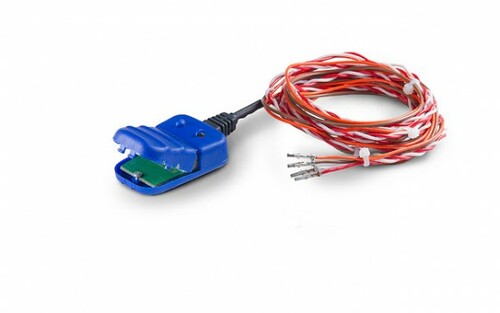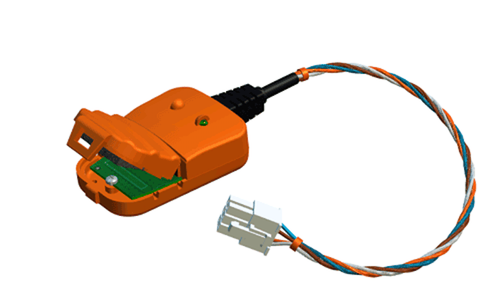Recent Posts
Contactless Monitoring Of CAN Bus, SAE J1939, FMS, OBD-II, And SAE J1708 Data Traffic
Posted by on
Copperhill Technologies offers the CANCrocodile product line of contactless CAN Bus monitoring devices for vehicle telematics, GPS tracking systems, and various CAN Bus data frames.
The CANCrocodile product line was designed for secure and reliable data reading from any CAN Bus network. The contactless reader is specifically suitable for vehicle telematics, GPS tracking systems and for monitoring various diesel engine parameters such as speed, RPM, oil pressure & temperature, fuel volume & consumption, and more.
The data reading takes place without an electrical connection and without damaging the CAN Bus wires. The CANCrocodile reader works in "listen-only" mode, i.e., it does not change the original CAN Bus or SAE J1939 messages, and it does not transmit any signals into the CAN Bus.
The Crocodile devices read the electromagnetic field forming around the wires when the signal occurs. All Crocodile contactless readers come with a built-in voltage regulator, allowing to power the reader from the vehicle's on-board electrical network without using any power adapters.
CANCrocodile does not harm the wiring and isolation, and it has no immediate electrical contact with the CAN Bus. The data reading takes place in a contactless method, i.e., CANCrocodile detects the CAN-High and CAN-Low wires' magnetic field.
Further options include the 1708Crocodile, a contactless SAE J1708 Bus reader, and the FMSCrocodile, a contactless FMS (Fleet Management System) gateway.
The FMSCrocodile contactless reader securely monitors CAN bus data without any electrical contact with the CAN wire. It automatically generates and sends FMS and Telematics messages to its output CAN 2.0B interface (SAE J1939 Standard). Therefore, telematics unit configuration is straight-forward since irrelevant data from the bus is filtered, and the gateway transmits only useful information for vehicle telematics applications.
Wireless Vehicular Networks for Car Collision Avoidance
Wireless Vehicular Networks for Car Collision Avoidance focuses on developing the ITS (Intelligent Transportation Systems) to minimize vehicular accidents.
The book presents and analyses a range of concrete accident scenarios while examining vehicular collision causes and proposing countermeasures based on wireless vehicular networks.
The book also describes the vehicular network standards and quality of service mechanisms focusing on improving critical dissemination of safety information, with recommendations on techniques and protocols to consider when improving road safety policies to minimize crashes and collision risks.
 Loading... Please wait...
Loading... Please wait...





